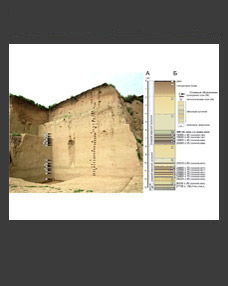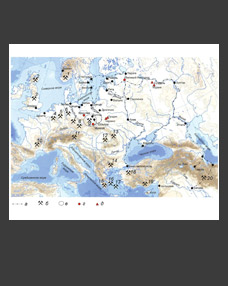Aleksandra P. Buzhilova*, Mariya B. Mednikova**, Asya V. Engovatova***, Vladimir Yu. Koval****
Institute of Archaeology R AS, Moscow, Russia
*E-mail: albu_pa@mail.ru
**E-mail: medma_pa@mail.ru
***E-mail: engov@mail.ru
****E-mail: kovaloka@mail.ru
Keywords: medieval Moscow, the Kremlin, the Taynitsky Garden, paleopathology, skeletal morphology.
In 2007, in the process of salvage excavations in the territory of the Taynitsky Garden in the Moscow Kremlin, an area of wooden dwellings of the medieval city was unearthed, partially affected by a fire in the 14th–15th centuries. During the clearing of structure 32, remains of humans of different ages who died during this fire were revealed. In addition, in one of the sections of this excavation site, scattered remains of other humans were found buried in the 14th–16th centuries at the local cemetery. This article introduces information on constitutional peculiarities and diseases of people who inhabited the Kremlin Podol. A preliminary analysis of the anthropological remains was carried out by the authors directly in the process of excavation. Later, these investigations were continued under laboratory conditions, including the use of modern radiology methods – computed tomography and microfocus X-ray. Within the comprehensive study, the parameters of the physical development of city dwellers were considered, pathological manifestations were described, and the social status of the Podol inhabitants was assessed. The study restores the story of the deaths of people who took shelter in the basement of a burning house.
DOI: 10.31857/S086960630005681-8







